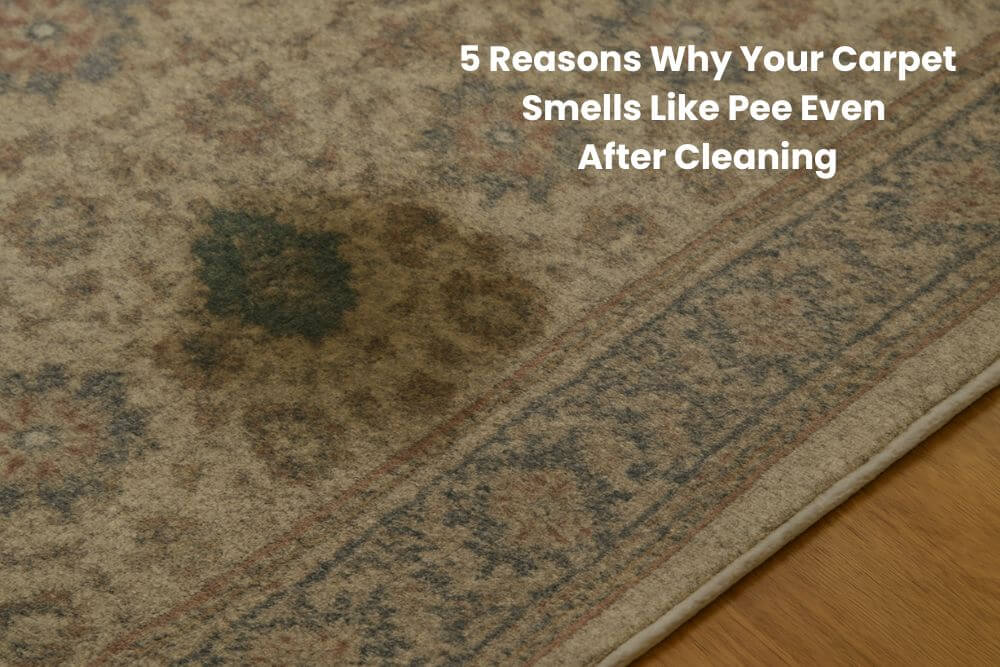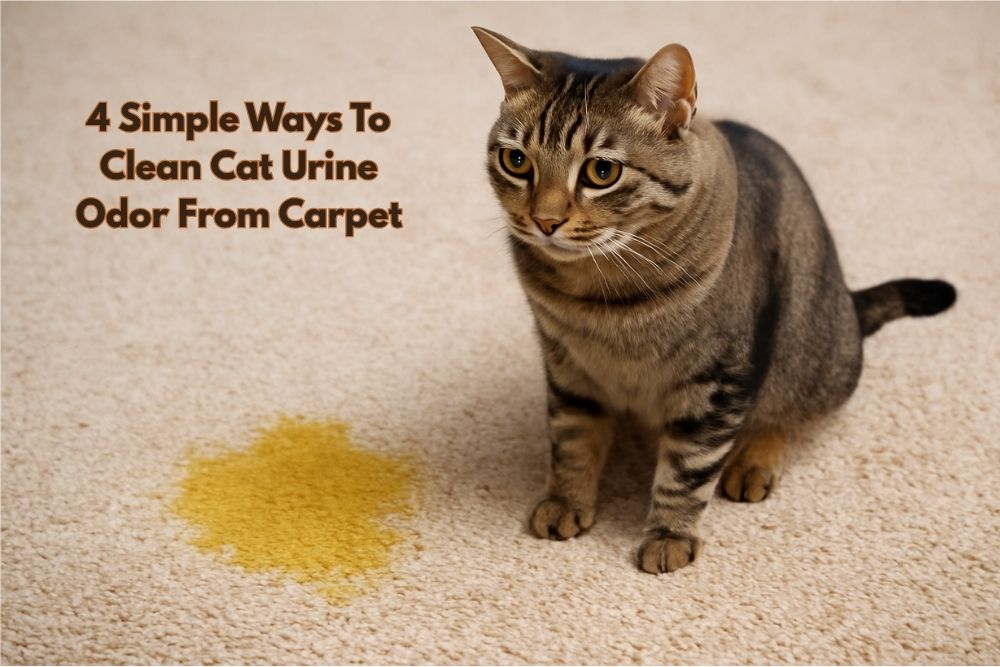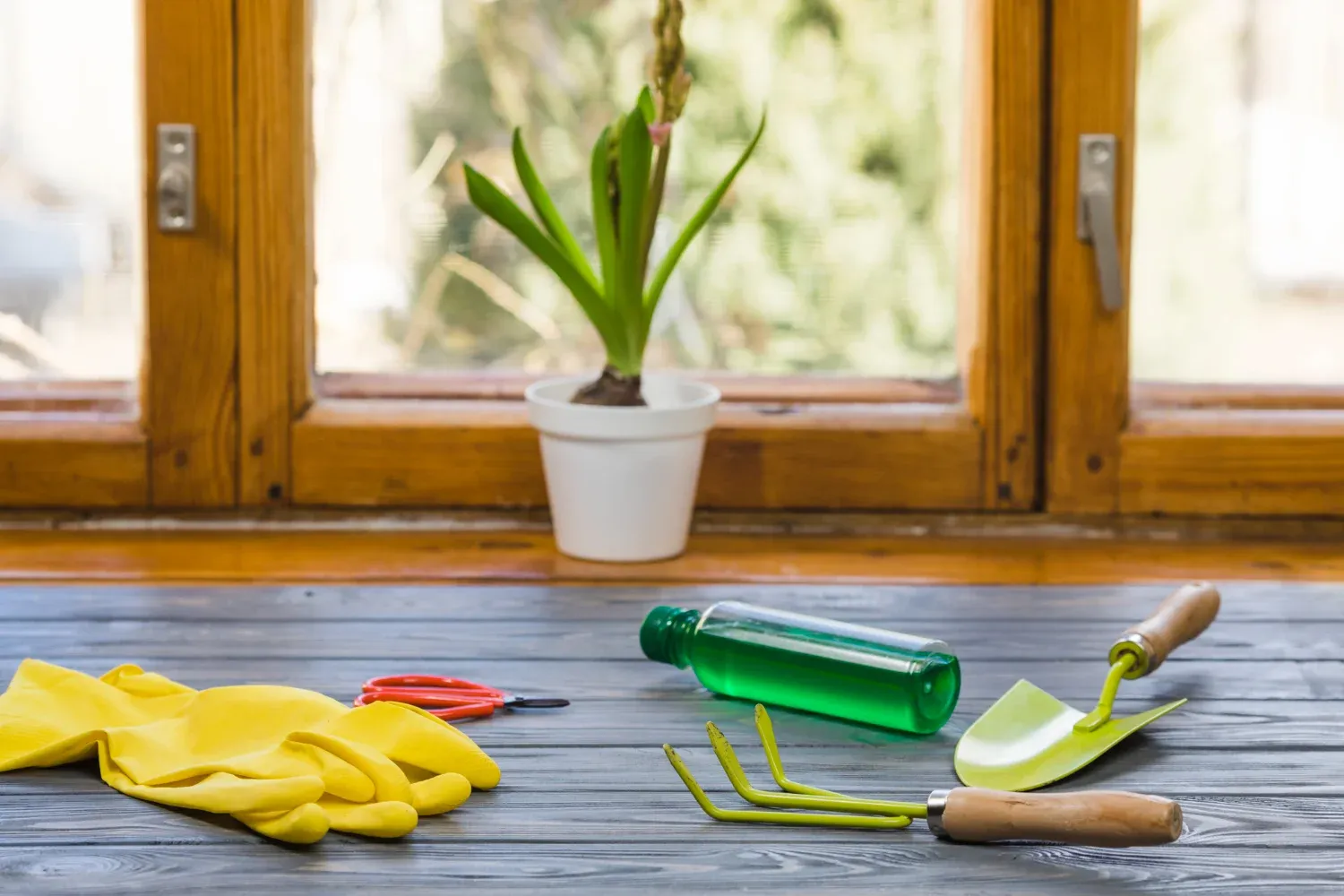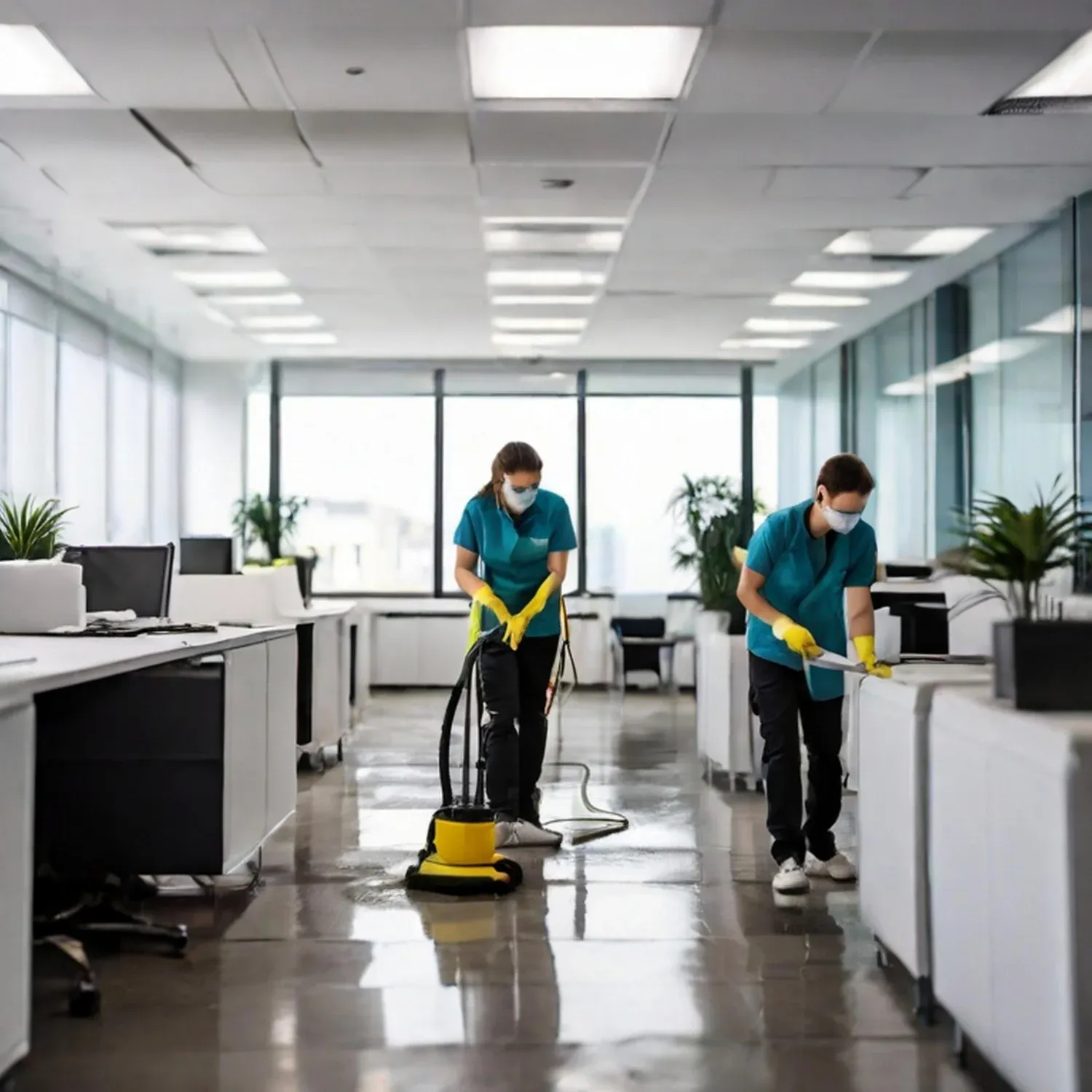A musty smell in your home is more than just an unpleasant odor; it often indicates underlying issues such as mold, mildew, or moisture buildup. Beyond being a nuisance, these odors can compromise indoor air quality and pose health risks if left unaddressed. Tackling the root cause of musty smells and taking preventive measures are essential to ensure your home remains fresh, clean, and inviting. Additionally, eliminating these odors can boost your living environment’s overall comfort and appeal. This comprehensive guide will help you identify causes, eliminate odors, and prevent them from returning.
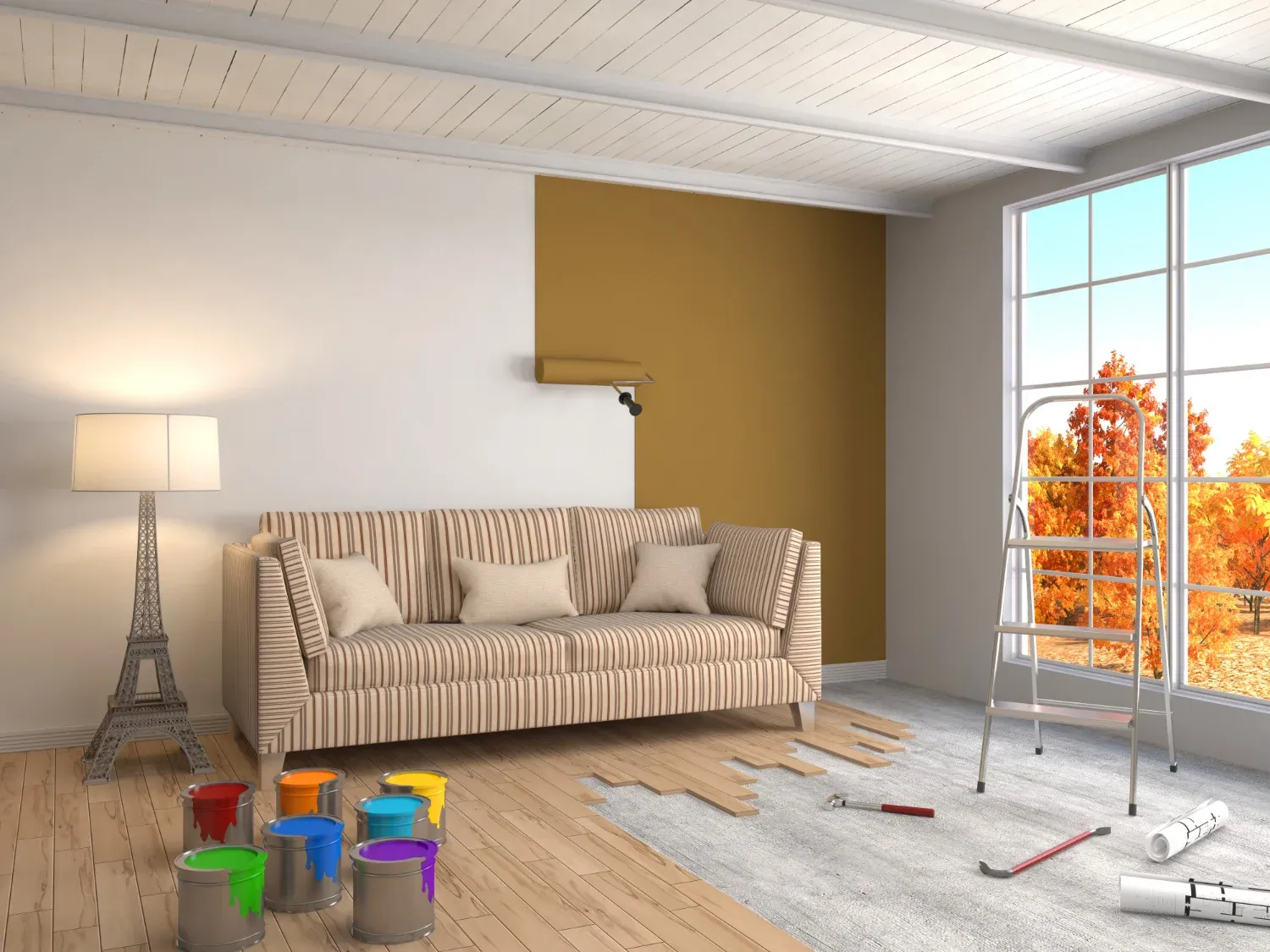
What Causes Musty Smells in a House?
A musty odor typically arises when mold or mildew grows in areas with high moisture levels and inadequate ventilation. Understanding the sources of these smells is crucial to addressing them effectively.
1. Water Leaks
Undetected leaks in plumbing, roofing, or appliances can create damp conditions that encourage fungal growth.
- Leaks under sinks, in bathrooms, or behind walls often remain hidden for long periods. Over time, these leaks can cause significant damage to the structure of your home.
- Roof leaks can lead to water accumulation in ceilings, creating an environment ripe for mold. Regular roof inspections can help catch potential issues before they worsen.
Addressing these leaks promptly can prevent structural damage and the spread of musty odors.
2. High Humidity Levels
Excess humidity in your home can condense windows, walls, and other surfaces. This moisture can promote the growth of mold and mildew.
- Humidity levels above 50% are ideal for fungal growth. Even well-maintained homes in humid climates can struggle with persistent dampness if dehumidification measures are not in place.
- Basements, bathrooms, and laundry rooms are common areas with persistent high humidity, especially when ventilation is poor.
Investing in a dehumidifier and monitoring humidity levels with a hygrometer can mitigate this issue. Proper insulation and sealing of cracks in walls or windows can also help control indoor moisture.
3. Improperly Cleaned Spills
Spills that seep into carpets, wooden floors, or upholstery and are not cleaned thoroughly can cause odors over time.
- Liquids absorbed into porous surfaces may go unnoticed but provide a breeding ground for bacteria and mold. Over time, these areas can emit persistent odors that spread throughout your home.
- Even small spills, like food or drinks, can contribute to lingering odors, especially in high-traffic areas like living rooms or kitchens.
Regular cleaning and prompt attention to spills can prevent such issues. Using professional-grade cleaning solutions can ensure thorough odor removal from soft surfaces.

4. Neglected Laundry
Leaving wet or sweaty clothes in hampers, gym bags, or washing machines can lead to sour and musty odors.
- The damp laundry provides the perfect conditions for mold spores to thrive. This is especially true during warmer months when humidity levels are naturally higher.
- Forgotten items, like beach towels or gym gear, are common culprits. A routine of sorting and airing out laundry regularly can reduce these risks.
Always dry clothes promptly and avoid overloading your washing machine. Using fabric deodorizers can add an extra layer of freshness.
5. HVAC Systems
Your heating, ventilation, and air conditioning (HVAC) system can harbor mold and mildew if not maintained.
- Dust and moisture in air ducts create ideal conditions for fungal growth. These spores can then be distributed throughout your home every time the system runs.
- A clogged or dirty filter can spread musty smells and compromise the efficiency of your HVAC system, leading to higher energy costs.
Regular maintenance of your HVAC system can help prevent this issue. Consider scheduling a professional cleaning annually to ensure optimal performance.
How to Identify Mold and Mildew in Your Home
Mold and mildew can be sneaky, growing in hidden places while releasing their distinctive earthy smell. Knowing what to look for can help you locate and eliminate them effectively.
Visual Clues
- Mold: Typically appears as fuzzy or slimy patches in colors like black, green, or red. It often grows in clusters on walls, ceilings, or around windows. Be cautious of black mold, which is particularly hazardous to health.
- Mildew: Presents as flat, powdery spots that are white, gray, or brown. It usually grows on moist surfaces like bathroom tiles or basement walls and is often easier to clean than mold.
Both mold and mildew can spread quickly, so early detection is critical to prevent further damage.
Common Locations
- Inspect under sinks, around bathtubs, and behind washing machines for signs of mold. Areas near water heaters or sump pumps are also prime spots for mold growth.
- Check carpets, curtains, and furniture upholstery, especially in damp or poorly ventilated rooms. Even decorative items like cushions or rugs can harbor mold spores.
- Examine air vents, HVAC filters, and ducts for visible signs of mildew buildup. Unusual airflow noises can sometimes indicate blockages caused by mold.
If you notice persistent odors but can’t locate the source, consider hiring a professional mold inspector.
Steps to Eliminate Musty Smells in Your House

1. Address the Source of Moisture
Moisture is the primary culprit behind musty odors. Eliminating the source of dampness is essential.
- Repair Leaks: Fix any dripping faucets, damaged pipes, or roof leaks promptly. Leaks left unchecked can also attract pests, compounding the problem.
- Empty and Clean Drain Pans: Appliances like refrigerators and air conditioners have drain pans that can collect water and harbor mold if not cleaned regularly. Use vinegar or a mild detergent to disinfect these pans.
- Improve Drainage: Ensure that your gutters and downspouts direct rainwater away from your home’s foundation. Regular gutter cleaning can prevent water buildup and reduce dampness in walls and basements.
Without removing the source of moisture, any odor-removal efforts will be temporary.
2. Clean Mold and Mildew Thoroughly
Once the source of moisture is addressed, it’s time to clean existing mold and mildew.
For Small Areas
- Use a mixture of water and dish soap, distilled white vinegar, or diluted bleach to clean mold. Allow the solution to sit for an hour before scrubbing. Adding a few drops of essential oil can also help neutralize odors naturally.
- A baking soda paste can also work as a natural cleaning agent for moldy surfaces, particularly in kitchens or bathrooms.
For Large Areas
- If mold covers an area larger than 10 square feet, it’s best to call a professional for remediation. Professional treatments can include antimicrobial sprays or foggers.
- Professionals can safely remove mold while preventing spores from spreading, ensuring your home remains safe.
Always wear gloves, goggles, and a mask to protect yourself from harmful mold spores. Consider using disposable cleaning tools to avoid contamination.
3. Improve Ventilation and Air Circulation
Good airflow is essential for reducing odors and preventing moisture buildup.
- Open Windows and Doors: Let fresh air circulate daily to remove stagnant air. Pair this with sunlight exposure to naturally disinfect the air.
- Install Exhaust Fans: Use exhaust fans in bathrooms and kitchens to expel humid air. Regular cleaning of fan vents ensures their effectiveness.
- Use Ceiling Fans: Ceiling fans can help maintain consistent airflow, especially in larger rooms. Changing the fan’s direction seasonally can optimize airflow.
Improving ventilation also helps reduce the risk of future mold growth.

4. Use Dehumidifiers
A dehumidifier is a powerful tool for controlling indoor humidity levels.
- Place dehumidifiers in areas prone to moisture, such as basements or bathrooms. Choose a model with a built-in humidistat for precise control.
- Consider investing in a whole-home dehumidifier if you live in a particularly humid climate. These systems integrate with your HVAC and work throughout the house.
Maintaining a humidity level between 30-50% can significantly reduce the likelihood of musty smells.
5. Remove Odors from Carpets and Upholstery
Soft furnishings often absorb musty smells and require deep cleaning.
- Vacuum Regularly: Use a vacuum with a HEPA filter to remove dust and mold spores. Vacuuming alone can significantly reduce odors in high-traffic areas.
- Steam Clean: Steam cleaning sanitizes carpets, rugs, and upholstery, removing odors and bacteria. Adding a carpet deodorizer can enhance the fresh scent.
- Sprinkle Baking Soda: Leave baking soda on carpets or furniture for a few hours before vacuuming to neutralize odors. Adding a drop of essential oil to the baking soda can leave a lingering pleasant aroma.
How to Prevent Musty Smells from Returning
Prevention is always better than cure. Follow these tips to keep musty odors from reappearing:
- Monitor Humidity Levels: Use a hygrometer to track humidity and adjust with dehumidifiers as necessary.
- Fix Leaks Immediately: Prompt repairs prevent water from seeping into walls, floors, or ceilings.
- Improve Ventilation: Open windows, use fans and ensure exhaust systems are functional.
- Schedule Maintenance: Regular HVAC inspections can identify potential problems before they escalate.
- Declutter: Reduce clutter in your home, as it can trap dust and block airflow.
Taking proactive steps ensures a fresh-smelling, healthy home environment.
FAQs About Musty Smells
Find answers to common questions about musty smells, including their causes, natural remedies, and tips to prevent odors from returning to your home.
Why Does My House Smell Musty Without Visible Mold?
A musty smell may result from high humidity, undetected leaks, or hidden mold growth behind walls, under flooring, or inside air ducts.
What Absorbs Musty Smells Naturally?
Baking soda, activated charcoal, coffee grounds, and vinegar are excellent natural odor absorbers. Place these in open containers around your home and replace them regularly.
Can Mold Smells Be Harmful?
Yes, exposure to mold spores can cause respiratory issues, allergic reactions, and other health problems. It’s essential to address mold odors promptly.

Final Thoughts: Enjoy a Fresh-Smelling Home
A fresh-smelling home is a happy home, and tackling musty odors is easier than you think! By identifying the source, cleaning thoroughly, and preventing moisture buildup, you can create a space that feels—and smells—inviting. Ready to take the first step? Struggling to eliminate odors on your own? Contact SKYREX Property Services today for professional cleaning and odor-removal solutions designed to leave your home smelling fresh and clean!


